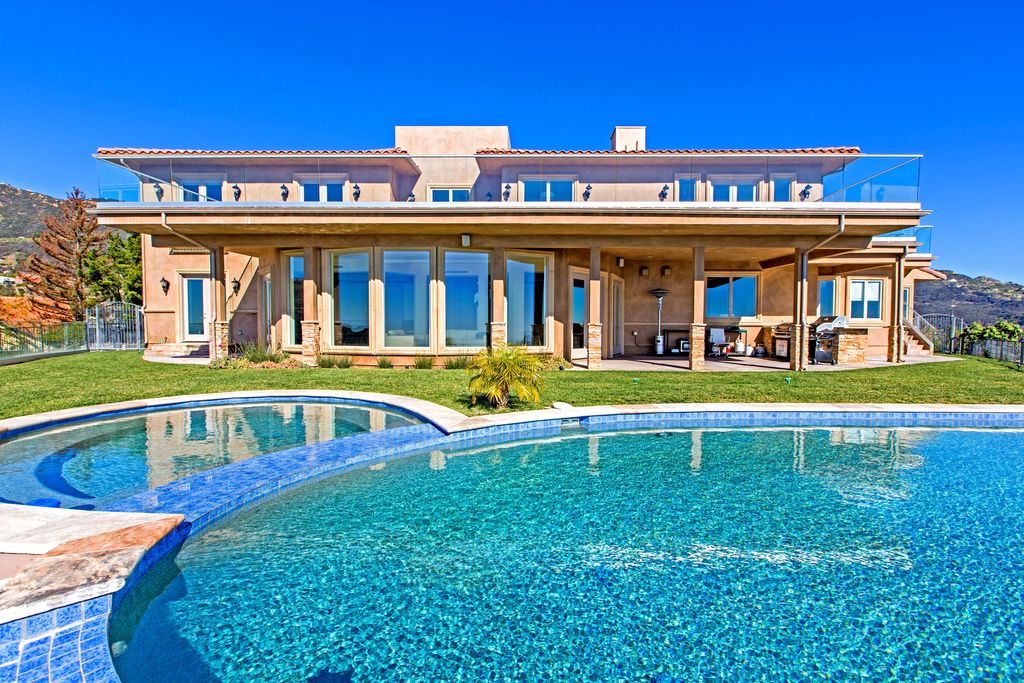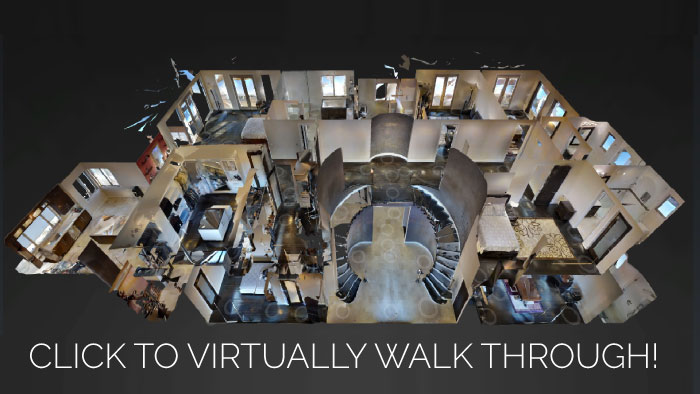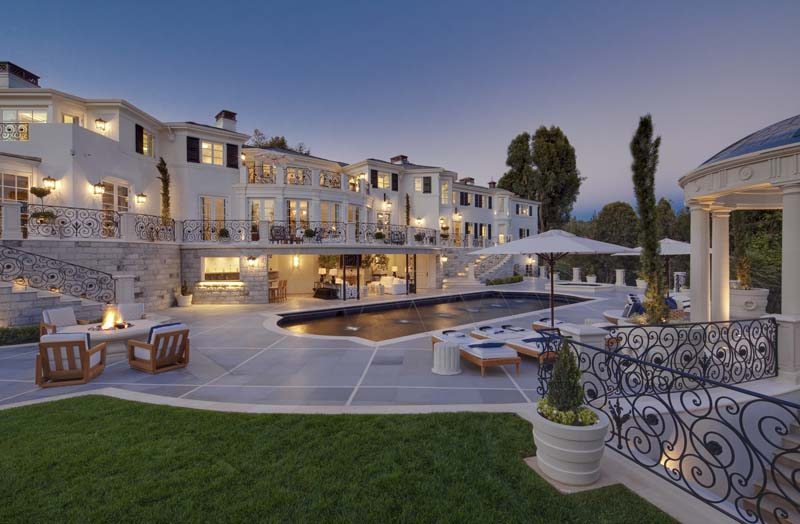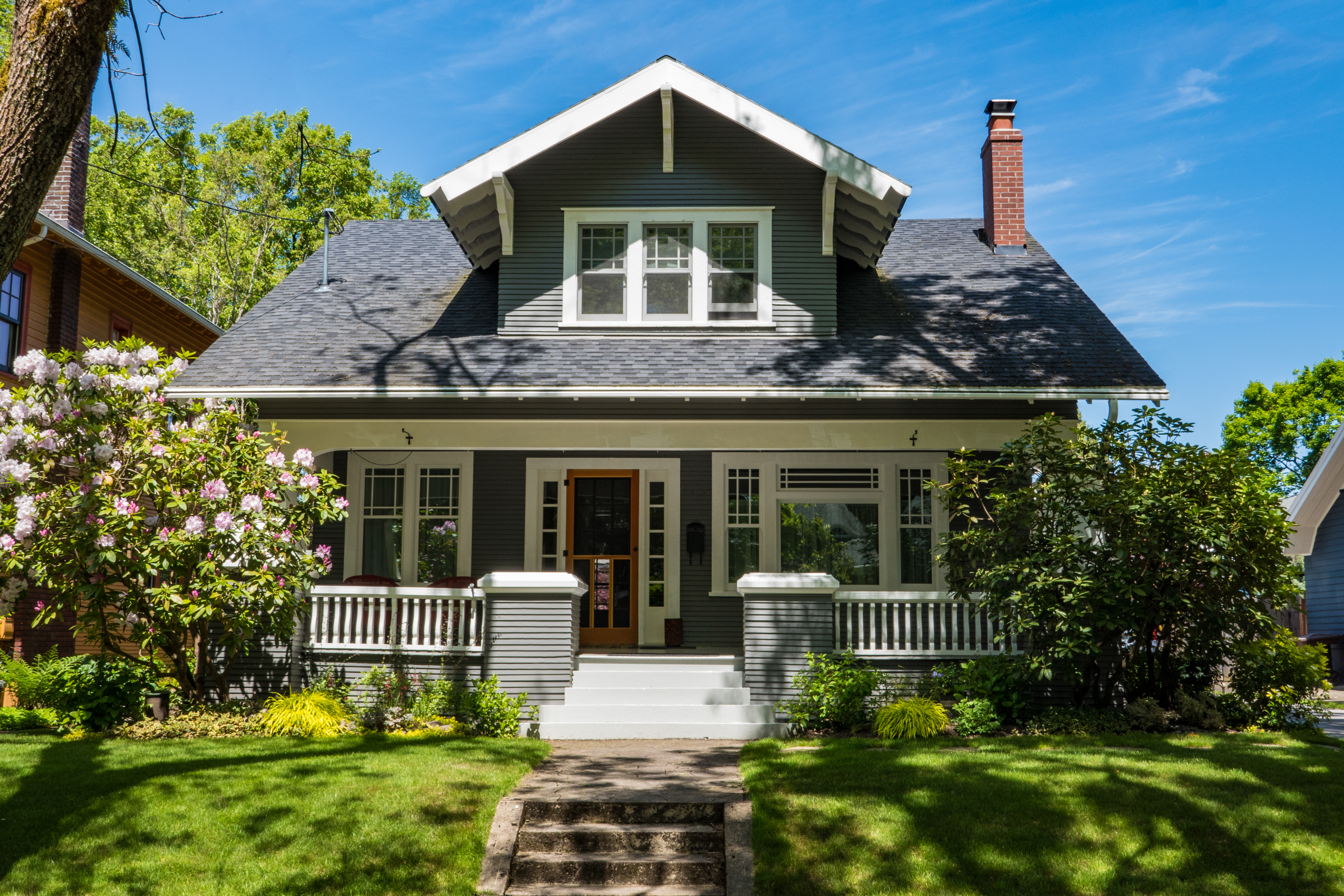

FIND YOUR MALIBU HOME
| Buy | Sell | What is Your Home Worth? |
|
|
||
3D VIRTUAL TOURS
When You Hire Me to sell your property, I include a 3-D Virtual Tour of the interior as part of my marketing strategy.
360 degree Virtual Tours gives Home Buyers an opportunity to see the home in a way that no ordinary 2D photography can. Virtual Tours provide viewers with a complete picture rather than just segments or angles that leave questions and uncertainties in their minds.
- 360 degree virtual tours allow the Home Buyer to navigate the tours by clicking on integrated floor plans.
- Higher resolution without compromising load times
- Thumbnail navigation
When You Hire Me to sell your property, I include a 3-D Virtual Tour of the interior as part of my marketing strategy.
360 degree Virtual Tours gives Home Buyers an opportunity to see the home in a way that no ordinary 2D photography can. Virtual Tours provide viewers with a complete picture rather than just segments or angles that leave questions and uncertainties in their minds.
Son of Immigrants
No Gimmicks. Documented Success.
Zillow, Trulia, & Real Trends ranked him in the top 1% of all agents nationwide according to their Annual “America’s Best Real Estate Agents” List.

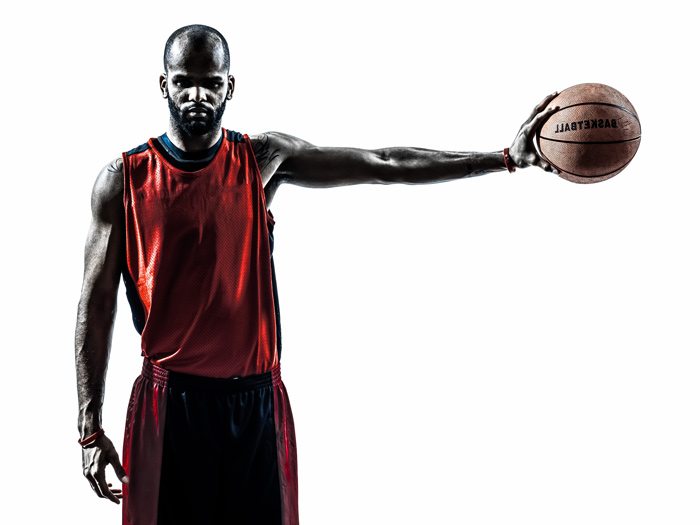
Testimonials
Read Anna C.‘s review of TalkToPaul on Yelp
Read Carla G.‘s review of TalkToPaul on Yelp
Read Nikki D.‘s review of TalkToPaul on Yelp
Read Jane T.‘s review of TalkToPaul on Yelp
Read Anne T.‘s review of TalkToPaul on Yelp
Read Tiffany H.‘s review of TalkToPaul on Yelp
Social Media Feed
Social Media Feed
The City of Malibu
Malibu (/ˈmælɪbuː/) (Spanish: Malibú) is a beach city in western Los Angeles County, California, situated about 30 miles (48 km) west of Downtown Los Angeles. It is known for its Mediterranean climate and its 21-mile (34 km) strip of the Malibu coast, incorporated in 1991 into the City of Malibu. The area is known for being the home of Hollywood movie stars, people in the entertainment industry, and other affluent residents. Most Malibu residents live within a few hundred yards of Pacific Coast Highway (State Route 1), which traverses the city, with some residents living up to a mile away from the beach up narrow canyons. As of the 2010 census, the city population was 12,645.
Nicknamed “the ‘Bu” by surfers and locals, beaches along the Malibu coast include Surfrider Beach, Zuma Beach, Malibu Beach, Topanga Beach, Point Dume Beach, County Line, and Dan Blocker Beach. State parks and beaches on the Malibu coast include Malibu Creek State Park, Leo Carrillo State Beach and Park, Point Mugu State Park, and Robert H. Meyer Memorial State Beach, with individual beaches: El Pescador, La Piedra and El Matador. The many parks within the Santa Monica Mountains National Recreation Area lie along the ridges above the city along with local parks that include Malibu Bluffs Park (formerly Malibu Bluffs State Park), Trancas Canyon Park, Las Flores Creek Park, and Legacy Park.
Signs around the city proclaim “21 miles of scenic beauty”, referring to the incorporated city limits. The city updated the signs in 2017 from the historical 27-mile (43 km) length of the Malibu coast spanning from Tuna Canyon on the southeast to Point Mugu in Ventura County on the northwest. For many residents of the unincorporated canyon areas, Malibu has the closest commercial centers and they are included in the Malibu ZIP Codes. The city is bounded by Topanga on the east, the Santa Monica Mountains (Agoura Hills, Calabasas, and Woodland Hills) to the north, the Pacific Ocean to the south, and Solromar in Ventura County to the west.
Information above is courtesy of Wikipedia.
Malibu History
Malibu was originally settled by the Chumash, Native Americans whose territory extended loosely from the San Joaquin Valley to San Luis Obispo to Malibu, as well as several islands off the southern coast of California. They named it “Humaliwo“ or “the surf sounds loudly”. The city’s name derives from this, as the “Hu” syllable is not stressed.
The village of Humaliwo was located next to Malibu Lagoon and was an important regional center in prehistoric times. The village, which is identified as CA-LAN-264, was occupied from approximately 2,500 BCE. It was the second-largest Chumash coastal settlement by the Santa Monica Mountains, with just Muwu (Point Mugu) being more populated. A total of 118 individuals were baptized in Humaliwo. Humaliwo was considered an important political center, but there were also additional minor settlements in today’s Malibu. One village, known as Ta’lopop, was located few miles up Malibu Canyon from Malibu Lagoon. Research have shown that Humaliwo (Malibu) had ties to other villages in pre-colonial times, including Hipuk (in Westlake Village), Lalimanux (by Conejo Grade) and Huwam (in Bell Canyon).
Explorer Juan Rodríguez Cabrillo is believed to have moored at Malibu Lagoon, at the mouth of Malibu Creek, to obtain fresh water in 1542. The Spanish presence returned with the California mission system, and the area was part of Rancho Topanga Malibu Sequit—a 13,000-acre (53 km2) land grant—in 1802. That ranch passed intact to Frederick Hastings Rindge in 1891. He and his widow, May K. Rindge, guarded their privacy zealously by hiring guards to evict all trespassers and fighting a lengthy court battle to prevent the building of a Southern Pacific railroad line through the ranch. Interstate Commerce Commission regulations would not support a railroad condemning property in order to build tracks that paralleled an existing line, so Frederick H. Rindge decided to build his own railroad through his property first. He died, and May K. Rindge followed through with the plans, building the Hueneme, Malibu and Port Los Angeles Railway. The line started at Carbon Canyon, just inside the ranch’s property eastern boundary, and ran 15 miles westward, past Pt. Dume.
History abstract above is courtesy Wikipedia.
AS SEEN ON:







